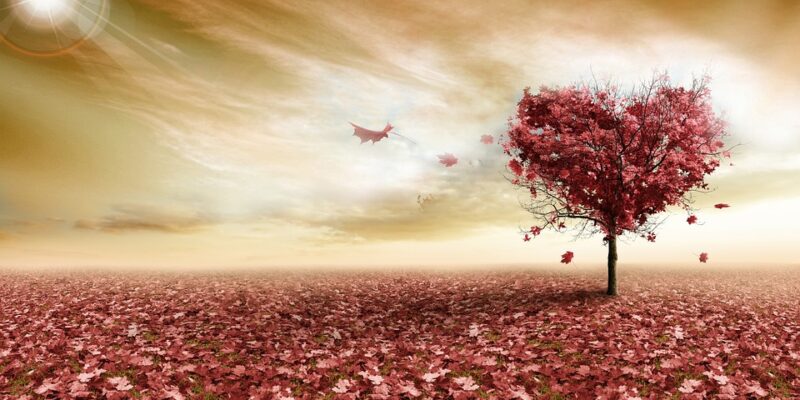Creating Stunning Visuals with 3D Scene Design
In today’s digital age, creating stunning visuals has never been more important. Whether you’re a graphic designer, architect, or game developer, the ability to create lifelike 3D scenes can make a huge impact on the success of your projects. With advancements in technology, creating 3D scenes has become more accessible and easier than ever before. In this article, we’ll explore how you can create stunning visuals with 3D scene design.
The Basics of 3D Scene Design
When it comes to creating 3D scenes, there are a few key components to keep in mind. The first is the 3D modeling software you’ll be using. There are a variety of options available, from beginner-friendly programs like SketchUp to more advanced tools like Blender and Maya. Depending on your level of experience and the complexity of your project, you’ll want to choose the software that best suits your needs.
Once you’ve chosen your software, the next step is to create the objects that will populate your scene. This can include anything from buildings and furniture to landscapes and characters. You’ll want to pay close attention to the scale and proportions of your objects, as well as the textures and materials you use. This will help create a more realistic and immersive scene.
After you’ve created your objects, you’ll need to set up the lighting and camera angles for your scene. Lighting can make a huge difference in the overall look and feel of your visuals, so it’s important to experiment with different settings to find the right balance. Camera angles also play a key role in how your scene is perceived, so don’t be afraid to try out different perspectives to see what works best.
Advanced Techniques for Stunning Visuals
Once you’ve mastered the basics of 3D scene design, there are a few advanced techniques you can use to take your visuals to the next level. One of the most effective techniques is adding depth of field to your scenes. This can help draw the viewer’s eye to a specific focal point and create a more dynamic and engaging composition.
Another advanced technique is using particle effects to add movement and realism to your scenes. This can include anything from falling leaves and flowing water to blowing smoke and exploding debris. By incorporating these effects into your scenes, you can create more dynamic and visually appealing visuals.
In addition to these techniques, you can also experiment with different rendering styles to give your scenes a unique and artistic feel. This can include everything from realistic ray tracing to stylized cel shading. By exploring different rendering styles, you can create visuals that stand out and capture the attention of your audience.
Tools and Resources for 3D Scene Design
When it comes to creating stunning visuals with 3D scene design, having the right tools and resources is essential. In addition to your 3D modeling software, there are a variety of plugins and add-ons that can help streamline your workflow and enhance the quality of your visuals.
One popular tool for 3D scene design is V-Ray, a powerful rendering engine that allows you to create photorealistic visuals with ease. Another useful tool is Substance Painter, which allows you to create and texture objects in real-time, making it easier to experiment with different materials and effects.
In addition to these tools, there are also a variety of online resources and communities where you can find inspiration, tutorials, and support for your projects. Websites like ArtStation and Polycount showcase the work of talented artists and designers from around the world, while forums like BlenderArtists and CGSociety allow you to connect with other 3D artists and share tips and tricks.
Conclusion
Creating stunning visuals with 3D scene design is a rewarding and exciting process. By mastering the basics of 3D modeling, experimenting with advanced techniques, and using the right tools and resources, you can create visuals that captivate and inspire your audience. Whether you’re creating architectural renderings, video game environments, or product visualizations, 3D scene design offers endless possibilities for creativity and innovation. So don’t be afraid to experiment, push the boundaries of what’s possible, and create visuals that leave a lasting impression.
